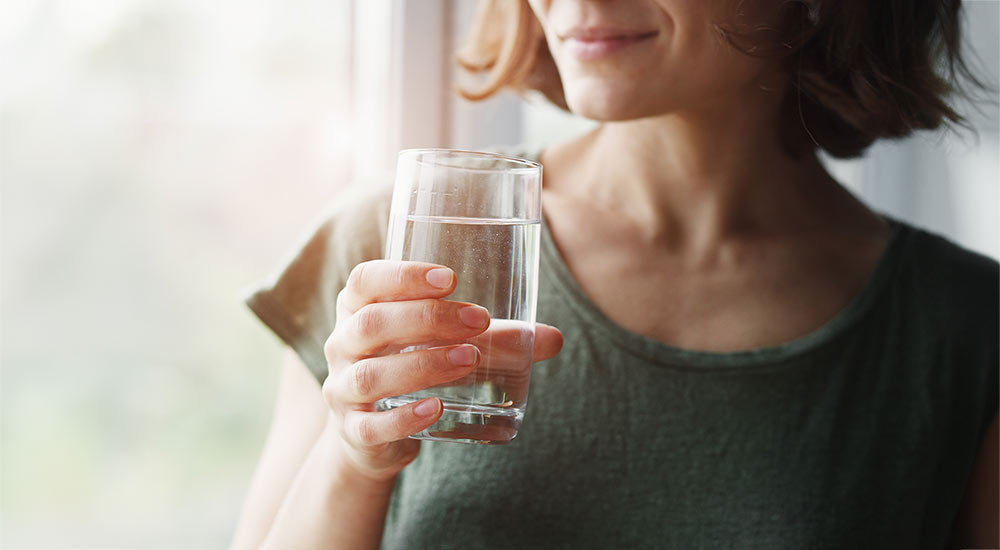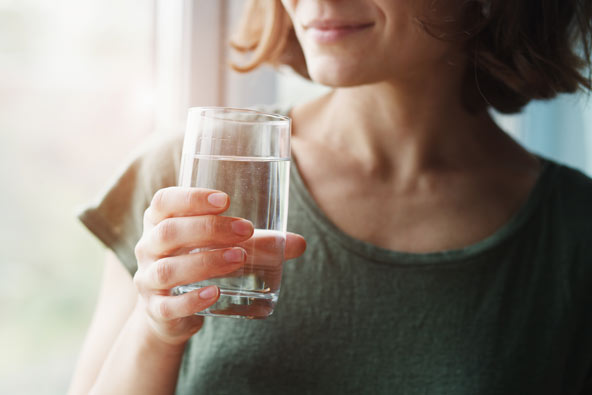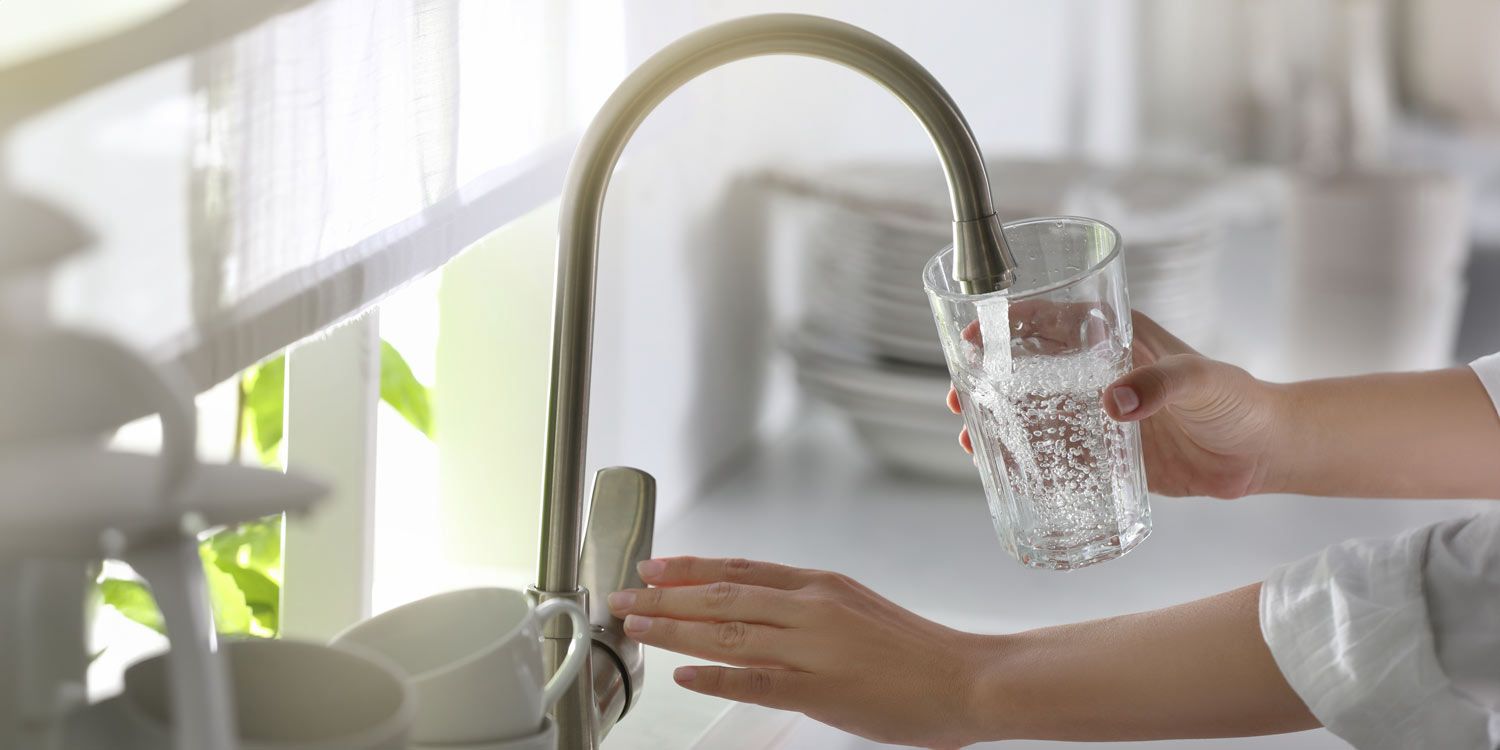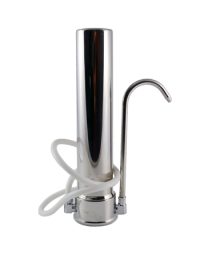Few people in the world can enjoy crystal clear glacier water or spring water, free of pharmaceutical residues, heavy metals, pesticides, viruses and other microorganisms.
Do we have the world's cleanest water?
In Sweden, we often have the idea that we have one of the world's cleanest drinking water, but many comparative tests show that we are not particularly good at it.
A test carried out by the Stockholm County Council showed that the drinking water in Stockholm was worse than in cities such as Amsterdam, New York and Hong Kong. Among other things, the water contains excessively high levels of drug residues. In lake water around Stockholm (from which the drinking water comes), this causes hormone residues that even cause fish to change sex!


Micro spiral filter – six purification methods in one filter
It is difficult to purify the water completely in treatment plants, but now you can easily do it in your own kitchen with the help of a micro spiral filter. You can create your own crystal clear glacier water, free of unwanted, burdensome toxins but with the vital minerals still in the water.
How does the microspiral filter's purification technology work?
The filter material is completely unique and there is no other technology that resembles the function of the microspiral material. Six different technologies are combined in a single cartridge which means that impurities are trapped in the filter material and cannot, unlike many other technologies, be suddenly released again.
However, healthy minerals and salts pass through. Electroadsorption is a process which means that the material has an opposite charge to viruses and captures and eliminates them.
This has been tested by, for example, the Pasteur Institute on legionella, salmonella, polio, rotavirus, hepatitis.
Sorption means that the filter's pores (which would cover a football field if placed on a flat surface) absorb substances such as chlorine and the highly toxic chlorine compounds to 100%, as well as pesticides, biocides, etc.
Mechanical cleaning means that the pores in the filter act as a barrier against particles larger than 0.05μm, i.e. it is effective against microplastics, bacteria and parasites (which have a size of more than about 1μm). Ion exchange means that, for example, heavy metals react with biochemical substances in the filter.
Radioactive substances (such as cesium-137, strontium-90) and uranium are also handled through a combination of the techniques.
A bacteriostatic method means that pure silver has been integrated into the filter material and this prevents the growth of viruses and bacteria on the surface.
It is therefore completely integrated and fixed in the material and does not come out into the water.
Above, you see a high magnification of the unique filter material: micropores with spiral, tapered channels.
Which water purifiers do we offer that contain a micro-spiral filter?
There are different variants, including one that can be connected to the kitchen faucet and stand on the sink or one that is attached directly to the faucet.
G1 water purifier is the most popular water purifier, this is connected with a pretty small hose to the kitchen faucet. The water purifier is white and approx. 33 cm high. It then stands firmly on the kitchen counter when in use.
Geysir water purifier – This is the most exclusive, completely stainless steel. It is attached via a pretty hose to the kitchen faucet. This is about 30 cm high. It also stands firmly on the kitchen counter when in use.
Water purifier for the faucet – Cheapest variant, same filter material but limited capacity. Placed directly on the kitchen faucet and is approx. 12 cm high. Works well for the smaller household that doesn't use as much water.



